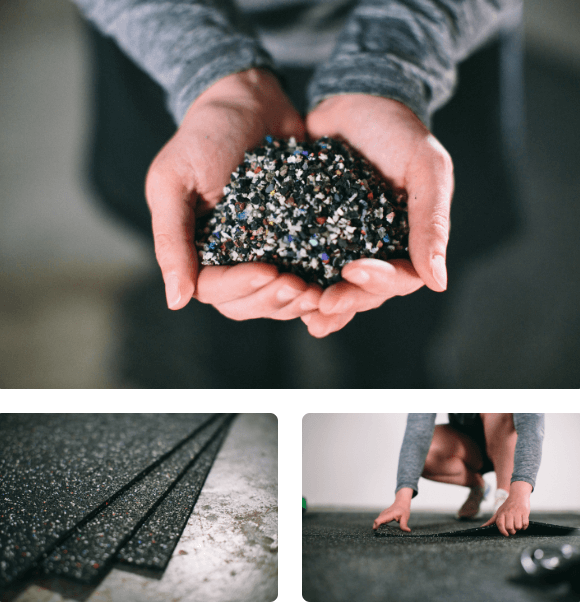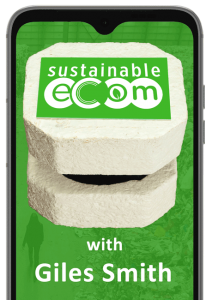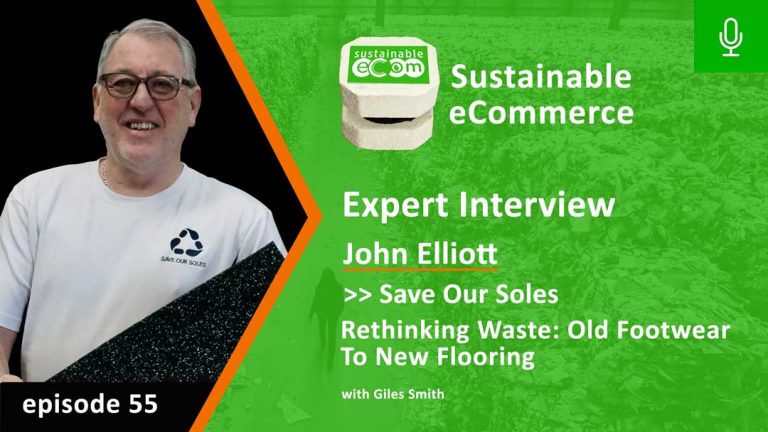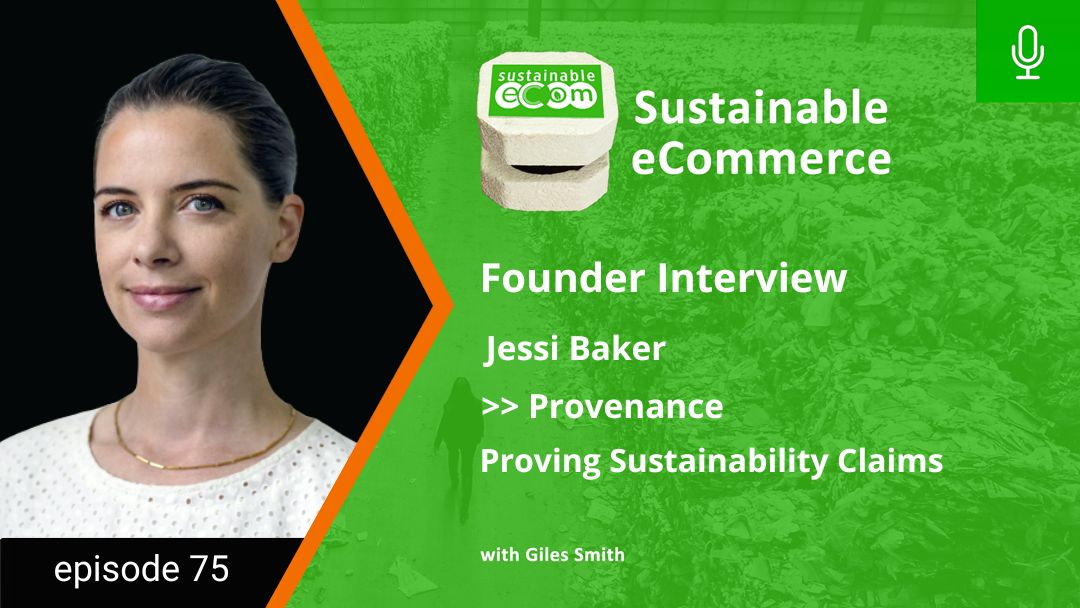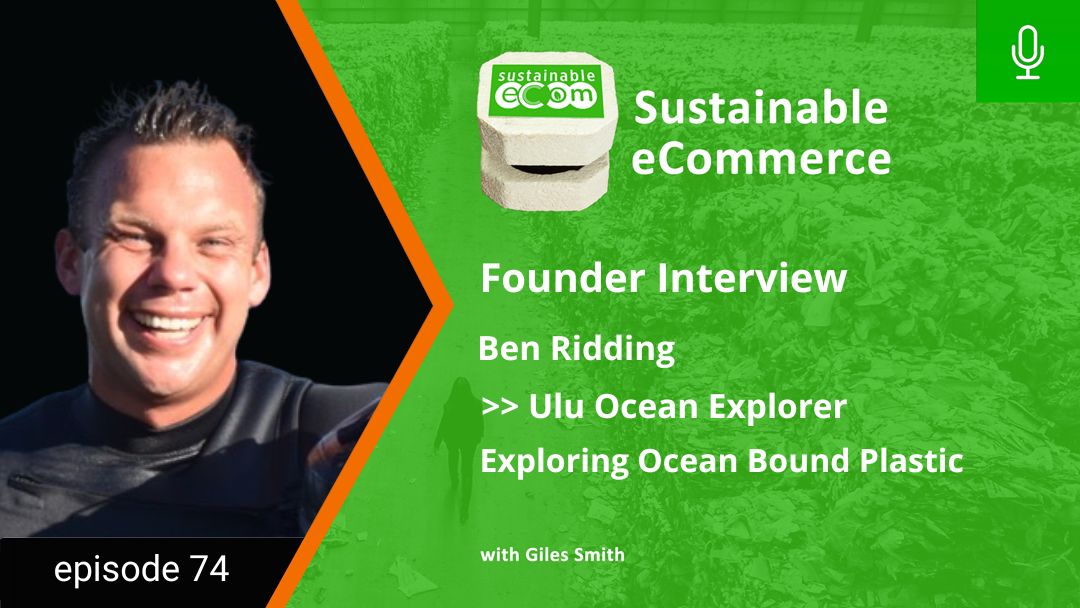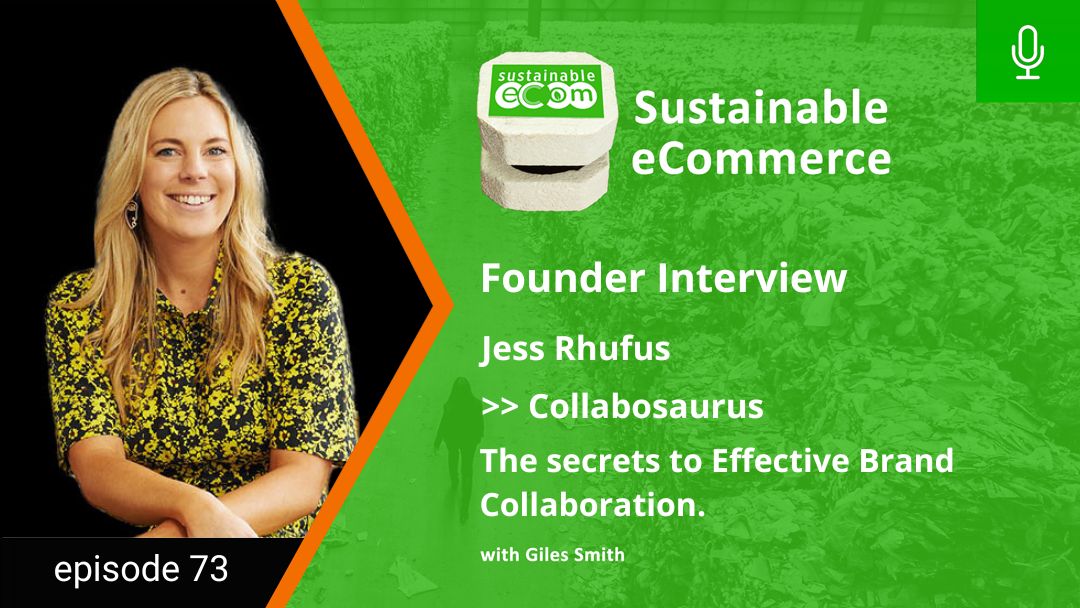EP55 - Sustainable Ecommerce Podcast
This week’s show is the fourth one in our mini series on rethinking waste.
So far we’ve touched on ocean plastic and how Plastic Bank is rethinking that as a resource is generating significant social and economic opportunity.
And, we’ve looked at mechanical recycling of textiles with Upparel, and how they are actively stitching together supply chains for the recycled fibre, then chemical recycling with BlockTexx where blends are being split out and turned into new PET chips and organic paste to be used in soil regeneration projects.
So today we move onto footwear. 110 million pairs of shoes are imported into Australia every year, and basically without rethinking used footwear as a resource, they all end in landfill.
My guest today has been spearheading the recycling of shoes since 2010 and I think you will agree has an extraordinary depth of experience and pedigree in the business-for-good movement.
John Elliott is the founder of Save Our Soles, they’re the organisation behind every shoe collection box you maybe have seen or used at stores like JD Sports, Rebel Sport and just about everyone else.
We learn about the Save our Soles process in today’s show, but with John’s deep industry experience I found the whole conversation fascinating, even if it does get a little philosophical in places.
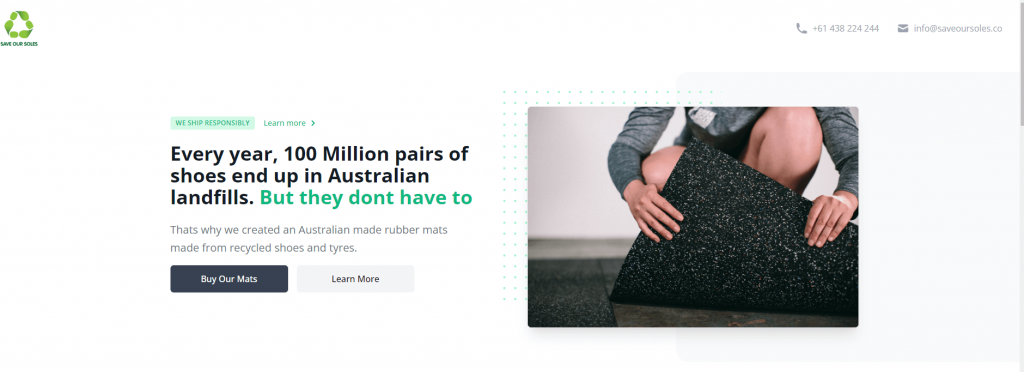
About John Elliot
John has a rich and storied history with sports shoes and apparel, starting out with Puma in the 1980s, followed by Sports Co before running And One in Australia. The owners of And One eventually went on to found B Lab after selling the brand, and John moved on to being the Australian distributor for Nike ACG. John also sat as on the board of B Lab for 5 years after it got started.
After reading Tim Flannery’s book on climate change in 2005, he moved on to chairing the Nike environmental group for APAC. He started up the Nike shoe recycling process which he funded himself, and after leaving Nike in 2010 took the recycling function with him, which he renamed to Save Our Soles
Inspired by the opportunity to do good with footwear, John became the MD in Australia for Toms Shoes, famous for their “Buy 1, Give 1” impact model. During the time there, Tom’s impact grew from gifting 1 million pairs to 94 million pairs, which is an almost incomparable impact. After leaving Tom’s, John finally turned his attention back to Save Our Soles, and quickly formed a partnership with ASGA (Australian Sporting Goods Association) to arrange for all the major players in the retail sector to host collection bins, and today Save Our Soles has over 900 collection bins around Australia.
Why is Footwear Such a Huge Environmental Problem?
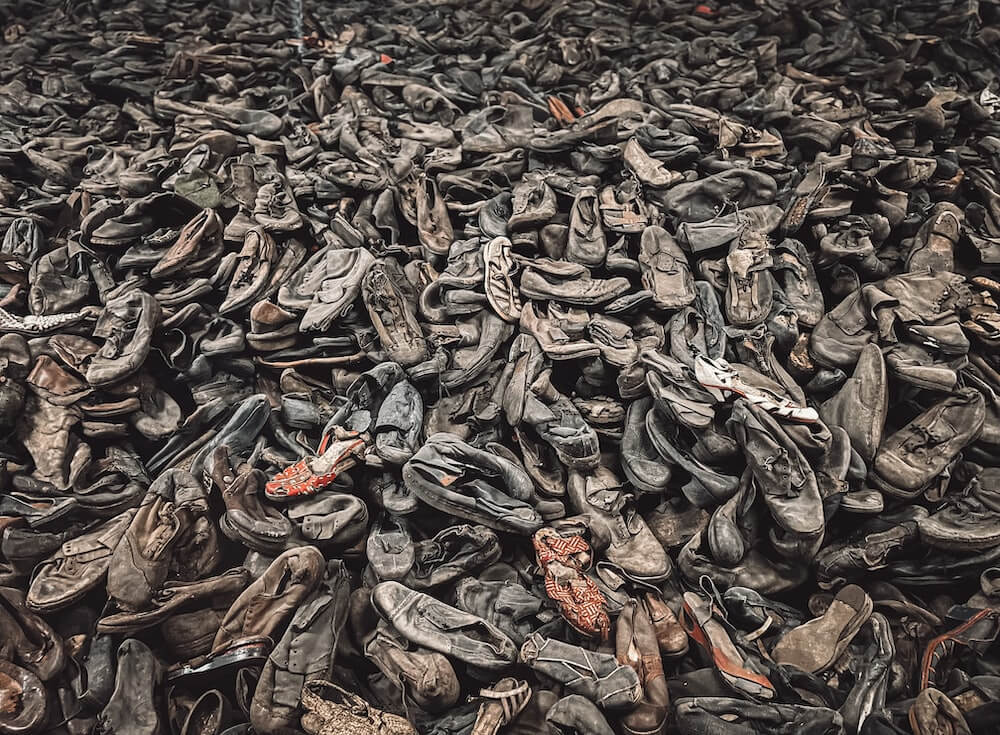
Globally, the footwear industry produces 23 Billion pairs of shoes per year, of which 100 Million are imported into Australia. While there is a small second hand market, eventually every single pair ends up in landfill. Since in sports footwear, most of the components are synthetic, that creates a very significant impact.
Nike faced huge challenges with this. They were very good at need-building marketing, but not good at marketing their sustainability initiatives. Good initiatives were seen as greenwashing when communicated to market.
Really using your business as a force for good is challenging.
What’s different now compared to when Nike started with environmental initiatives is that the consumer is driving it. Every brand now has an obligation to meet consumer demand, and they are demanding that business do better.
The younger generation are looking for vehicles to make the world a better place, and part of that is who they buy from. Not just what products are made from, but also brands that look after the product when you don’t want to use it any more.
Reframing Used Footwear as a Resource Rather than Waste
John’s view is that while footwear waste is a global problem, it needs to be treated with a local lens.
Quite simply, supply chain issues mean that recycling shoes in a closed loop approach, where recycled material is fed back to make more shoes is non-viable, especially in places like Australia where there is only a small artisan industry for shoemaking.
However, the first step is to reframe waste. If you call it waste, organisationally you ask how you get rid of it. If you reframe it as an asset, you ask what you can do with it. That’s a fundamentally different question.
Considering it as an asset enables you to consider how you can handle that material in the most responsible way. If it isn’t possible to make a shoe out of a shoe, what else can you do with it to avoid sending it to landfill? This is where Save Our Soles comes in.
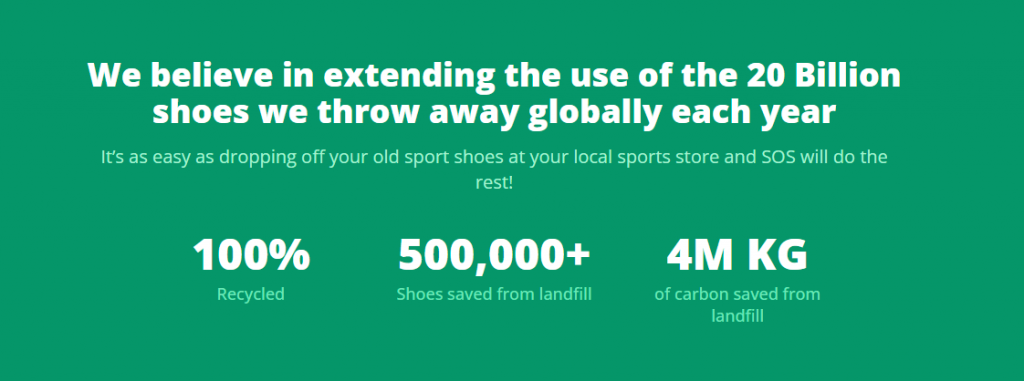
How does Save Our Soles help?
Save our Soles basically provides the logistics and network to mechanically recycle footwear and turn that into other products, including shock pad flooring and insulation products. They focus is on sports shoes, but they also recycle work boots through their collaboration with Totally Workwear. They operate a network of collection points through the brand partner’s retail outlets, which drives economic value and customer traffic back to the brands.
Once collected, the footwear is stored in batches before being mechanically recycled using third party recycling partners. The soles are turned into a coarse crumb that is subsequently mixed with recycled tires and bonded and turned into shock pad flooring products.
The mostly nylon uppers are currently landfilled, but Save Our Soles are working on turning this fibrous product into insulation products.
If you are interested in working with Save Our Soles, head over to saveoursoles.co
